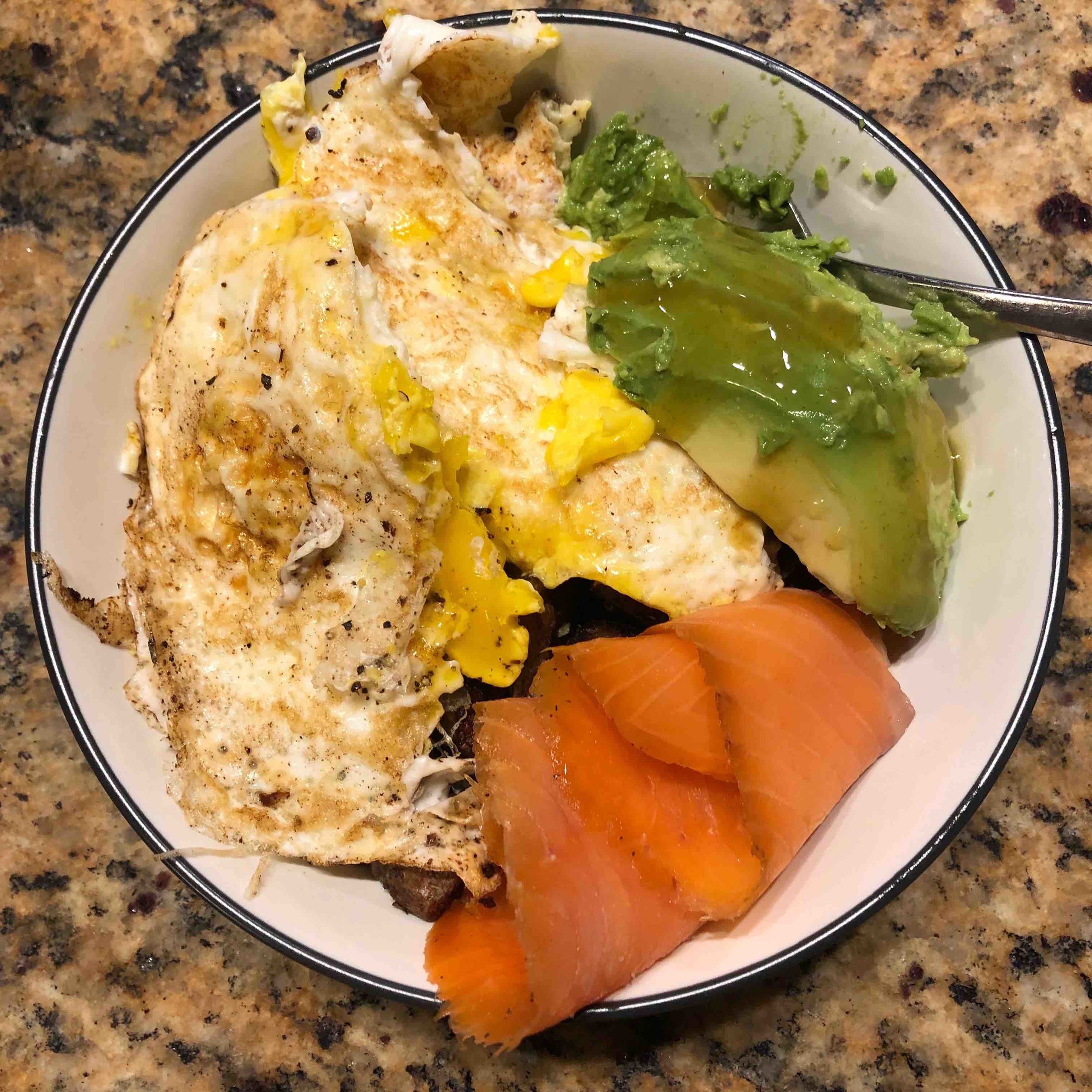The following is an excerpt from Author Michael Easter’s 2% Newsletter:
—
If there’s one food you should overeat today, it’s probably potatoes. The humble potato is the original superfood, and you should consider eating more potatoes beyond Thanksgiving. This week’s 2% newsletter explains why.
Science of the Potato
A Danish physician named Mikkel Hindhede proved you could survive on potatoes alone in the early 1900s. He had three laborers eat nothing but spuds with a dollop of margarine for 309 days.
Five doctors examined the men afterward and determined they were all in excellent health. One participant was described as “a strong, solid, athletic-looking figure, all of whose muscles are well-developed, and without excess fat.”
Hindhede’s work gave scientific legitimacy to what other cultures had long known: Eating mostly potatoes will keep a person strong and healthy. The Incans noticed this fact thousands of years earlier. Irish farmers experienced it in the 1800s. A recent study in the journal Nutrition discovered that the Aymara people of the Andes and Altiplano have ten times fewer incidences of pre-diabetes compared to Americans.
“Potatoes are a surprisingly nutritionally complete food,” the nutrition researcher Stephan Guyenet, Ph.D., told me. The USDA reports that a medium potato contains about 170 calories, 5 grams of protein, 39 grams of carbs, and nearly every vitamin and mineral your body needs. Potatoes have more than double the potassium of a medium banana and a quarter the vitamin C of an orange.
“Importantly, they have complete protein, a distribution of essential amino acids that’s similar to animal proteins,” said Guyenet. We don’t think of potatoes as “high protein.” But you could eat only potatoes and meet the recommended dietary allowance (RDA) of protein.
Cost-Effective Nutrition
Potatoes contain more calories than most other vegetables. But this is actually a feature rather than a bug.
They’re in a sweet spot where they can give us enough calories to survive (try surviving on broccoli and lettuce alone) but not so many that we overeat.
Potatoes have long been associated with fullness, and scientific data backs up that observation. A study in the European Journal of Clinical Nutrition compared the satiety index—a measure of how full a food makes you feel—of common foods and discovered that plain potatoes reign supreme. They registered 50 percent more filling than their nearest competitor, fish, and seven times more filling than croissants, which ranked dead last. This study suggests you’d have to eat seven croissants—roughly 1200 calories—to experience the same fullness you’d get from one potato.
That property combined with their sweet-spot calorie concentration makes potatoes an ideal weight-loss food. You’ll feel fuller on fewer calories, making you less likely to overeat, Guyenet told me. You also might save money if you start eating more potatoes: They’re the cheapest vegetable.
Where Good Potatoes Go Bad
If you’ve heard that potatoes are unhealthy, keep in mind the problem isn’t the potatoes. The problem is us and what we do with them. We cut them into little sticks or paper-thin wafers, then bathe them in 365-degree oil (A third of America’s potatoes become french fries). We boil them, then mash them with far too much butter and cream. (For the record, I’m 100% on board with too much butter and cream on Thanksgiving … but consider taking it easy on that stuff after the holiday.)
“If you look at nonindustrial agricultural societies around the world who are lean and don’t have metabolic or cardiovascular disease, they don’t fry or pump up their carbs like potatoes with fats,” said Guyenet. “Most of their plate is a plain starch—whether it’s potatoes, rice, sweet potatoes, or cassava—and the rest is a smaller quantity of something more exciting, like a meat with sauce and vegetables.”
If you’re worried about all those carbs, don’t be. The weight of scientific evidence suggests that carbs don’t make you fat. Overeating them does. And that, as the food satiety index study found, is hard to do with plain old potatoes.
For fitness, potatoes are a weird-but-good option. That’s thanks to their relatively high carb content, minerals, and amino acid profile. In the 2% Newsletter from two weeks ago, I explained how I once spoke with a professional ultrarunner who runs with a plastic bag of salty mashed potatoes. When he needs mid-run fuel, he’ll bite a corner from the bag and squeeze the potatoes into his mouth. They’re packed with naturally occurring electrolytes and certainly beat some sour-apple-flavored sugar goo.
Enjoy your potatoes today. And hopefully more days this year. And they don’t have to be bland to remain healthy. Surviving on only white potatoes is doable, but it’s not optimal in the long run. Potatoes lack two vitamins: A and B12. This is why that Dutch researcher in the 1800s gave those five men margarine with their potatoes. It’s also why most potato-dependent cultures eat them with a bit of greens or carrots and a small amount of animal products, like butter, milk, eggs, or meat. So feel free to add a bit of butter or sour cream.
Growing up, I’d always heard of basic, unexciting men referred to as “a ‘meat and potatoes’ kind of guy.” But the more I learn about potatoes, I’m OK with that designation. Because if I just throw some greens or carrots into the mix, I’ll be perfect.

